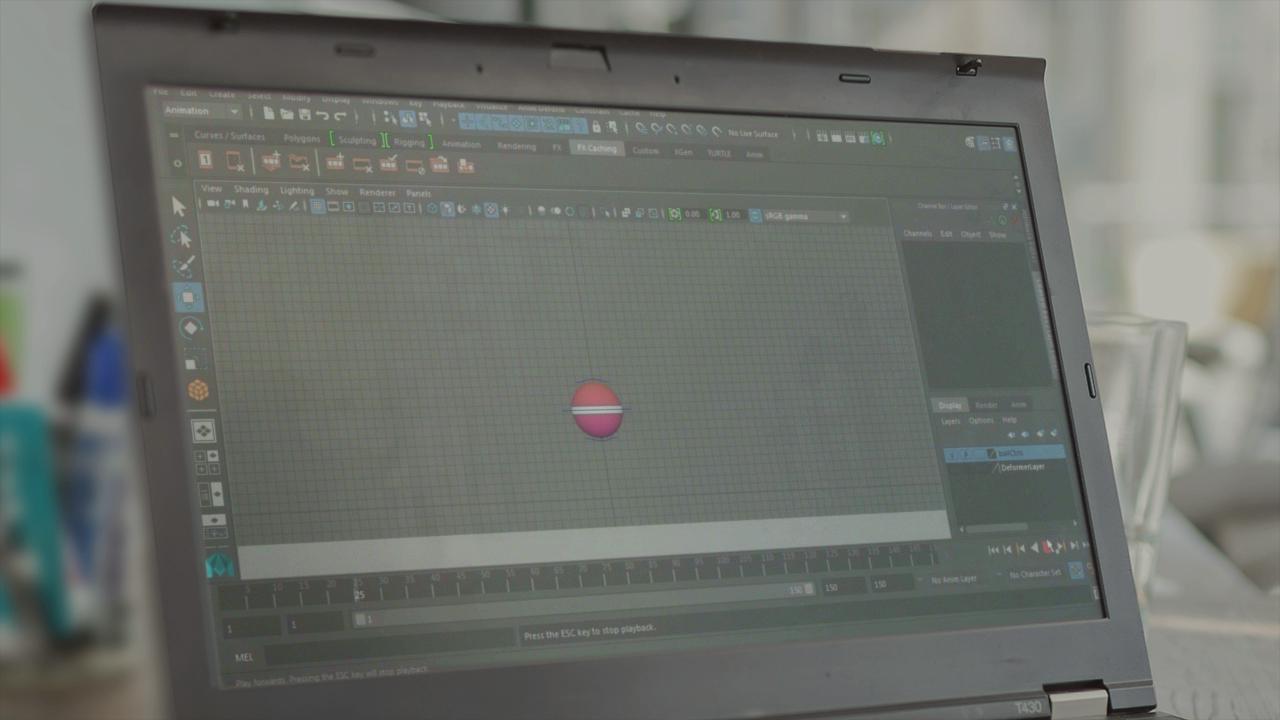- Course
Animation Fundamentals: Animating Varying Weights
In this animation fundamentals course, we'll tackle animating a beach ball, bowling ball, and ping pong ball. These three animations will help you understand how you can use timing and spacing for creating varying weights. Software required: Maya 2016.

- Course
Animation Fundamentals: Animating Varying Weights
In this animation fundamentals course, we'll tackle animating a beach ball, bowling ball, and ping pong ball. These three animations will help you understand how you can use timing and spacing for creating varying weights. Software required: Maya 2016.
Get started today
Access this course and other top-rated tech content with one of our business plans.
Try this course for free
Access this course and other top-rated tech content with one of our individual plans.
This course is included in the libraries shown below:
- Core Tech
What you'll learn
In this animation fundamentals course, we'll tackle animating a beach ball, bowling ball and ping pong ball. These three animations will help you understand how you can use timing and spacing for creating varying weights. We'll build on the 'Making a Ball Bounce' animation fundamentals course by learning how to better match real world movement. We'll also learn about the three key areas of timing and spacing and how it's used to add weight, personality, and contrast to an animation. The goal of this course is to build your understanding of timing and spacing and ensure you have a strong grasp over this principle. Although we'll be using Maya in this course, you'll be able to transfer the information to your preferred 3D program. After finishing this course, you'll have the skills you need to move onto more advanced animation exercises in this series. Software required: Maya 2016.

